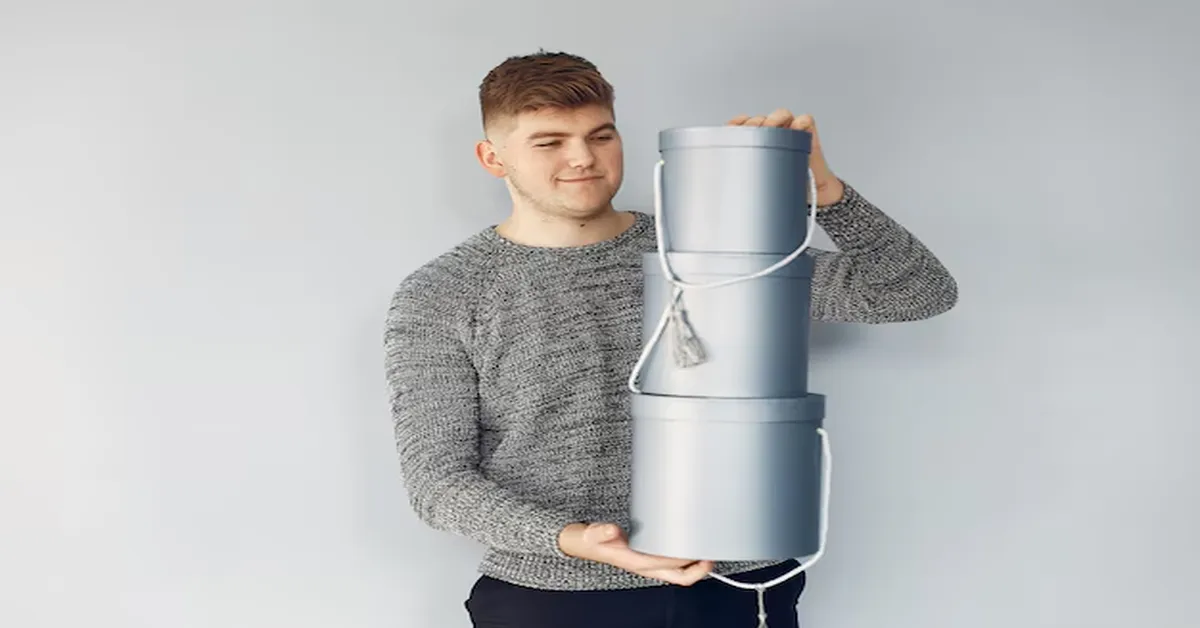It is very important to understand the conversion from quarts to gallons for cooking, science, and general day-to-day measuring needs. Since we may be converting quarts to gallons in cooking, industrial liquid operations, or learning the volume measurement concept, it becomes very important to pay attention to the conversion from quarts to gallons. The conversion process will be treated by this guide, looking at real-world applications and providing answers to some frequently asked questions.
What Is a Quart and an Imperial Gallon?
Definition of a Quart:
The quart (qt) is a unit of liquid capacity commonly used in the U.S. and some other countries. The quart is part of the imperial and U.S. customary systems of measures.
One quart = four cups = two pints = thirty-two fluid ounces.
Definition of a Gallon:
A gallon (gal) is a greater unit of liquid measurement used mostly in the U.S. and the U.K. The measurement of the U.S. gallon differs slightly from that of the imperial gallon used in the U.K.
One U.S. gallon = four quarts = one hundred twenty-eight fluid ounces.
Formula for Converting Quarts to Gallons
The conversion formula is simple:
To convert quarts to gallons:
Example in Practice:
Eight quarts divided by four equals two gallons.
Twelve quarts divided by four equals three gallons.
Sixteen quarts divided by four equals four gallons.
Conversion Table for Quarts to Gallons
| Quarts (qt) | Gallons (gal) |
|---|---|
| 1 qt | 0.25 gal |
| 2 qt | 0.5 gal |
| 3 qt | 0.75 gal |
| 4 qt | 1 gal |
| 8 qt | 2 gal |
| 12 qt | 3 gal |
| 16 qt | 4 gal |
| 20 qt | 5 gal |
Real-Life Applications of Quarts to Gallons Conversion
Cooking and Baking
Recipes use different units and quick conversion is needed. When a recipe states that there should be 2 gallons of any liquid and all you have in your kitchen are measuring cups in quarts, it becomes easier for you to adjust the measurements if you know that above 1 gallon = 4 quarts.
- Automotive Fluids
These are also put in quarts when refilling a car’s coolant and oil. Being able to convert from gallons puts one on the safe side with regard to ensuring the proper volume of fluids.
- Home and Gardening
A number of household and gardening chores require measurements of liquids. Be it mixing some pesticides or filling a humidifier, it’s good to know how many quarts are in a gallon.
- Industrial and Commercial Use
At the manufacturers and at some factories and chemical plants, huge quantities of liquids are handled. Understanding the quart-gallon conversions guarantees the right distribution and handling of liquids.
How to Convert Quarts to Gallons Manually?
If you do not have any conversion chart at hand, follow the following steps:
Identify the number of quarts that you want to convert.
Divide the number of quarts by 4 to obtain gallons.
Round off if necessary for practical use, that is, in the setting of cooking or automotive measurements.
Conclusion
Knowledge of converting quarts to gallons will prove helpful in day-to-day life, be it in the kitchen, auto, or any industrial application. One useful fact to remember on conversions is that 1 gallon = 4 quarts, making it a pretty simple and quick calculation. Bookmark this for quick reference, and don’t hesitate to share it with others who might find it helpful!
Common Questions About Quarts to Gallons
1. How many quarts are in a gallon?
There are 4 quarts in a gallon.
2. Is 2 quarts half a gallon?
Yes, 2 quarts is equal to 0.5 gallons.
3. How many gallons is 16 quarts?
16 quarts divided by 4 equals 4 gallons.
4. What’s the difference between a U.S. gallon and an Imperial gallon?
A U.S. gallon equals 3.785 liters, while an Imperial gallon (used in the UK) equals 4.546 liters. This means 1 U.S. gallon is smaller than 1 Imperial gallon.
5. How many quarts in a half gallon?
A half gallon contains 2 quarts.
Call-to-Action (CTA)
If you found this guide useful, share it with friends or save it for future reference. Need more measurement conversions? Explore our other guides on fluid ounces, pints, and liters!









